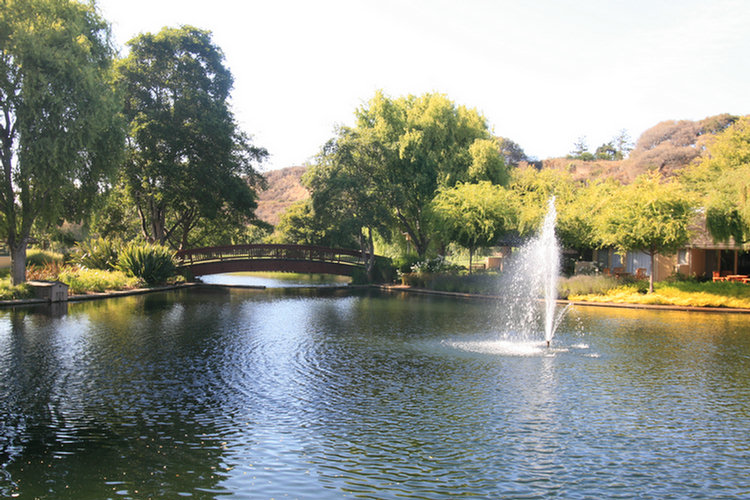Our Visit To The TomatoFest!
A Weekend Visit To Carmel And The Quail Lodge!
Part Four: The Monterey Aquarium Page Two
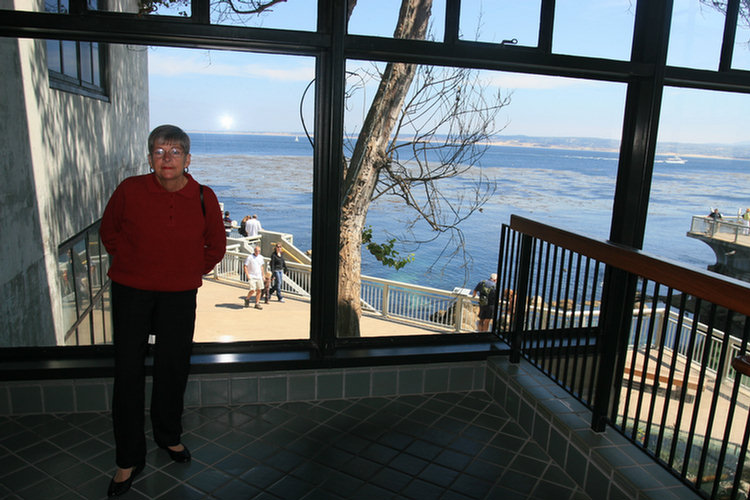
We are heading upstairs now...
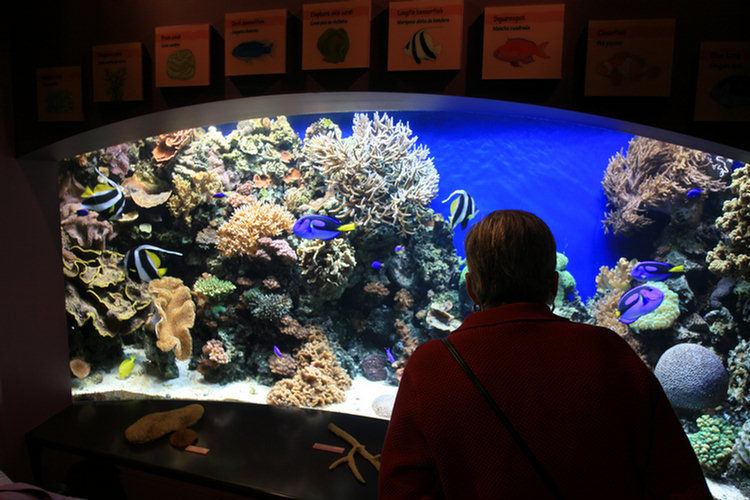
Their displays are fantastic

They kept staring at us... Maybe we look good to eat??

Kelp beds are essential to the local marine like!
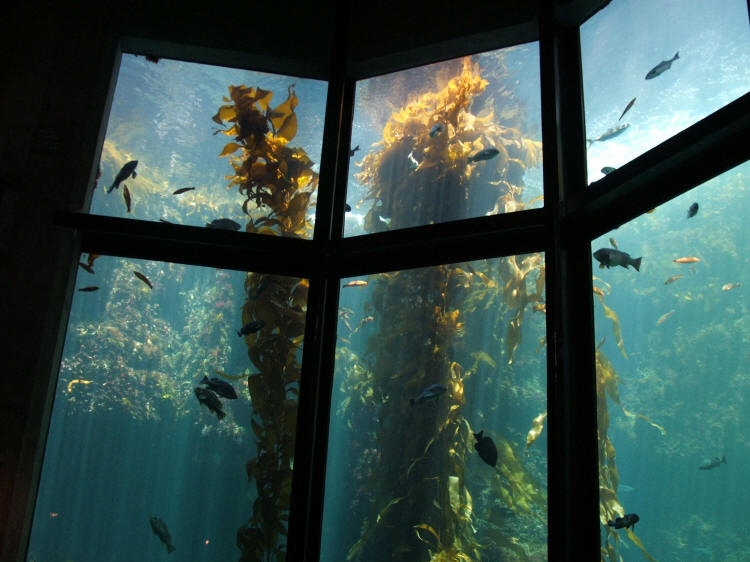
Kelp is grown in their 1,000,000 gallon tank
Kelp are large seaweeds (algae),
belonging to the brown algae and classified in the order Laminariales.
There are about 30 different genera. Some species grow very long indeed,
and form kelp forests.
Despite their plant-like appearance, some scientists group them not with
the terrestrial plants (kingdom Plantae), but instead place them either
in kingdom Protista or in kingdom Chromista.
Kelp grows in underwater "forests" (kelp forests) in clear, shallow
oceans. It requires nutrient-rich water below about 20 °C (68 °F). It is
known for its high growth rate — the genus Macrocystis and Nereocystis
luetkeana grow as fast as half a meter a day, ultimately reaching 30 to
80 m.
In most kelp, the thallus (or body) consists of flat or leaf-like
structures known as blades. Blades originate from elongated stem-like
structures, the stipes. The holdfast, a root-like structure, anchors the
kelp to the substrate of the ocean. Gas-filled bladders (pneumatocysts)
form at the base of blades of American species and keep the kelp blades
close to the surface, holding up the leaves by the gas they contain.

The views from the aquarium are breathtaking.. Monterey Bay right out in front
of the aquarium

The penguins were not real active... They just got fed!

What is plant and what is animal... The Sea Dragon is right in front of you!

Leafy Sea Dragon
The
leafy sea dragon, Phycodurus eques, is a marine fish related to the
seahorse. It is the only member of the genus Phycodurus. These creatures
are found around southern and western Australia and generally remain in
shallow, temperate waters. Their name comes from their appearance, with
long leaf-like protrusions coming from all over the body. These
protrusions are not used for propulsion; they serve only as camouflage.
The leafy sea dragon propels itself by means of a pectoral fin on the
ridge of its neck and a dorsal fin on its back closer to the tail end.
These small fins are almost completely transparent and difficult to see
as they undulate minutely to move the creature sedately through the
water, completing the illusion of floating seaweed.
Much like the seahorse, the leafy sea dragon's name is derived from its
resemblance to another creature (in this case, a mythical sea monster
from Irish legends, called the "Cler"). While not large by sea monster
standards, they are very large for sea horses, growing at least 18
inches (45 cm). They feed on plankton and small crustaceans. Females
deposit eggs on the tail of the male where they grow to maturity. They
have become endangered through pollution and industrial runoff as well
as collection by fascinated divers who are entranced by their unique
appearance. In response to these dangers they have been officially
protected by the Australian government.
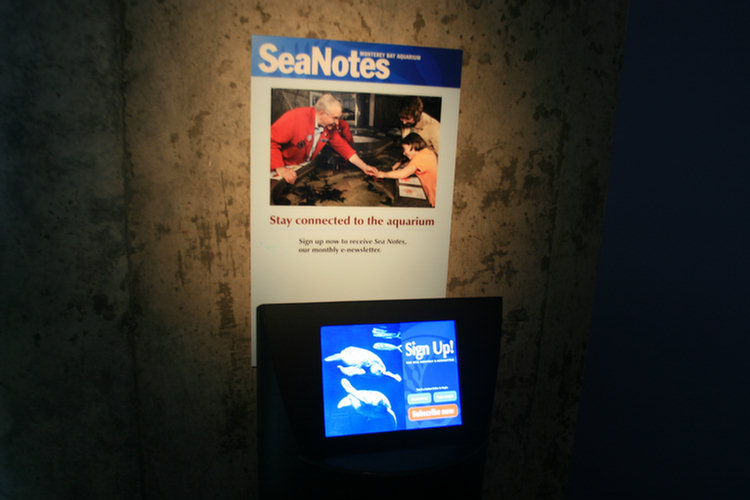
We signed up to get the Sea Notes right from here!
One Must Look Carefully At The Kelp


The kelp grows over the human walkway and there was a crab busy walking along!

See, he smiled for the camera!
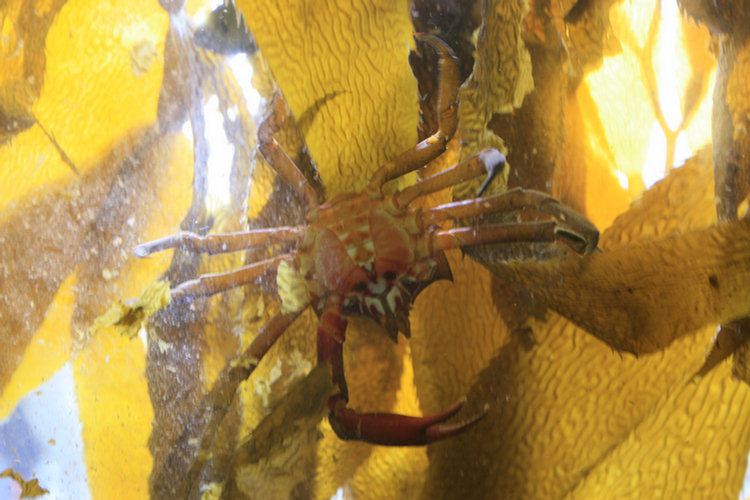
Count the legs
Crabs are decapods - 10 legged omnivores, but the front pair of legs are specialized with enlarged claws, so they are commonly described as 8 legged. Some feed primarily on algae, others taking any type of food, including mollusks, worms, other crustaceans, fungi, bacteria and detritus, depending on their availability and the crab species. For many crabs, a mixed diet of plant and animal matter results in the fastest growth and greatest fitness. Crabs feed on many ocean organisms.
The Canning Industry In Monterey
Cannery Row is the waterfront street in the New Monterey section of
Monterey, California, the site of a number of now-defunct sardine
canning factories. The street name, formerly a nickname for Ocean View
Avenue, is now official.
Cannery Row was the setting of John Steinbeck's novels Cannery Row
(1945) and Sweet Thursday (1954). Both were the basis for the 1982 movie
Cannery Row, starring Nick Nolte and Debra Winger. It is also mentioned
in Bob Dylan's song Sad Eyed Lady of the Lowlands.
The canneries failed after the collapse of the fishing industry in
Monterey Bay in the mid-1950s. Before the collapse, the fishery was one
of the most productive in the world due to the upwelling of cold, yet
nutrient-rich water from the bottom of the Pacific Ocean that is
funneled to the surface via the vast underwater Monterey Canyon.
Today the area around Cannery Row is a marine sanctuary and is home to a
large resurgent population of California sea lions. The street is now a
tourist attraction with many restaurants and hotels, and a few
historical attractions. A few privately owned and operated fishing
companies still exist on Cannery Row, housed on piers located a short
distance from the historic district frequented by tourists. In recent
years, Cannery Row has become increasingly popular among sport fishermen
due to extensive public fishing facilities (sinks, countertops, ice,
docking).
The Monterey Bay Aquarium is located at the north end of Cannery Row.
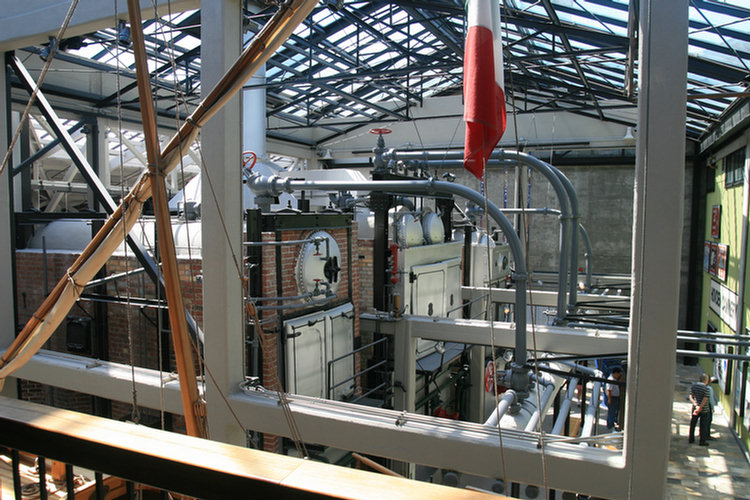
Some of the Sardine processing facilities were saved
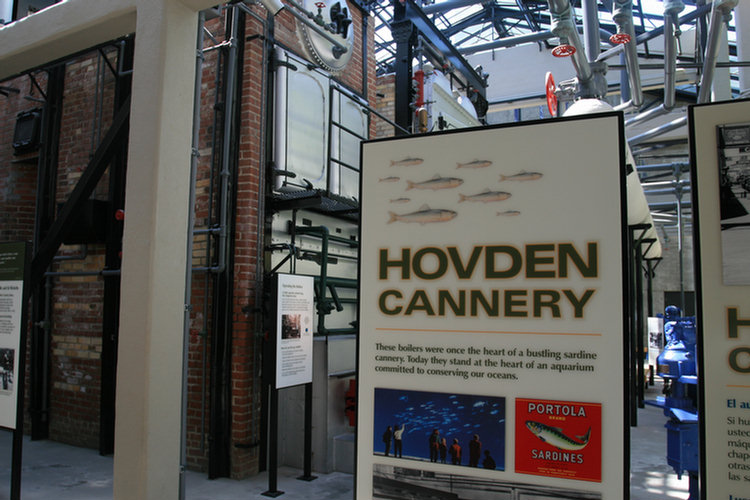

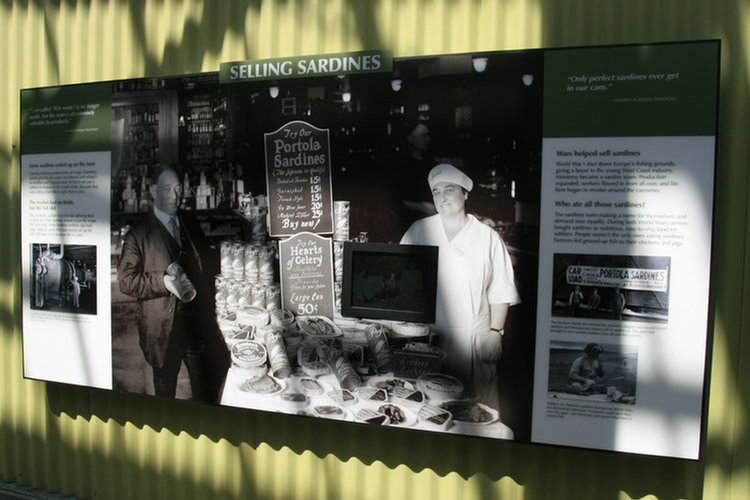
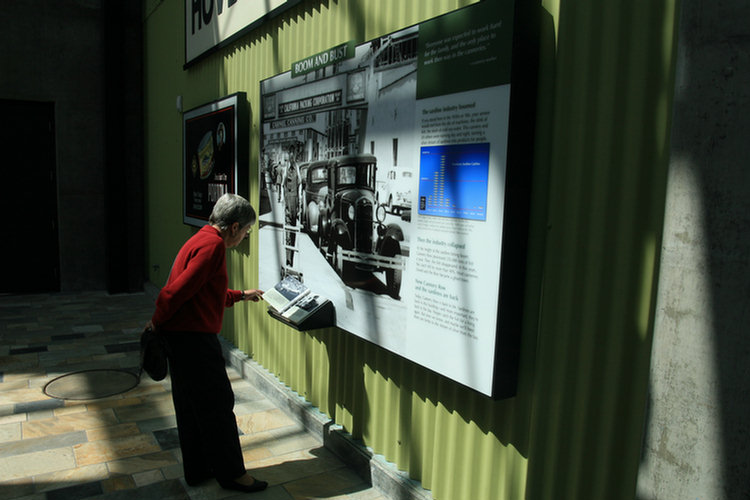
The Bay Is Beautiful As Seen From The Third Floor Of The Aquarium

They have their own tidewater pool
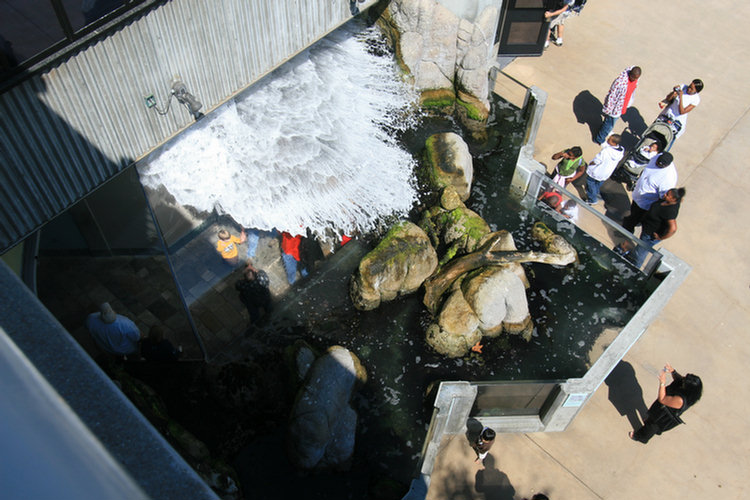
The tides are recreated using this machine... Notice the people inside the glass
with the waves crashing over them!
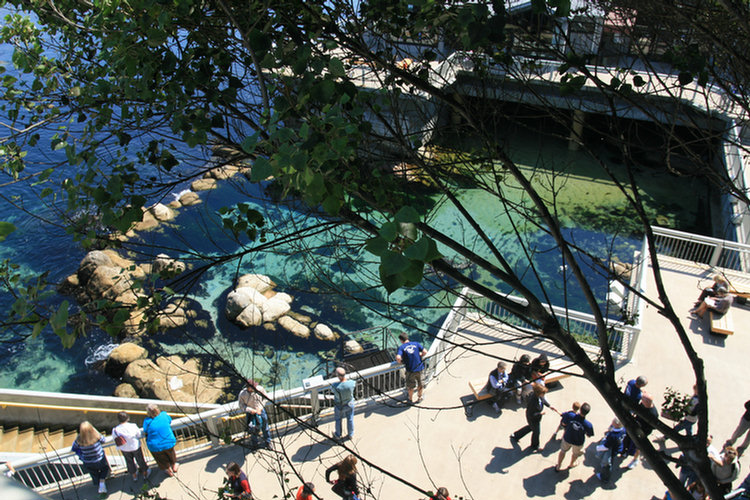
Even the local birds get a tree to sit in... Do NOT sit under it!

Someone is enjoying her visit!
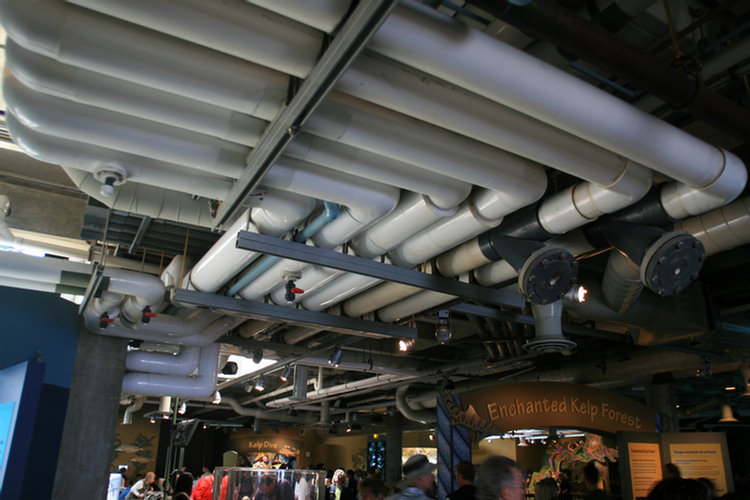
The plumbing is just amazing in this building!
Now We Cross To The Other Side....

The aerial bridge allows people to move between sides and still see the displays
from 40 feet up!
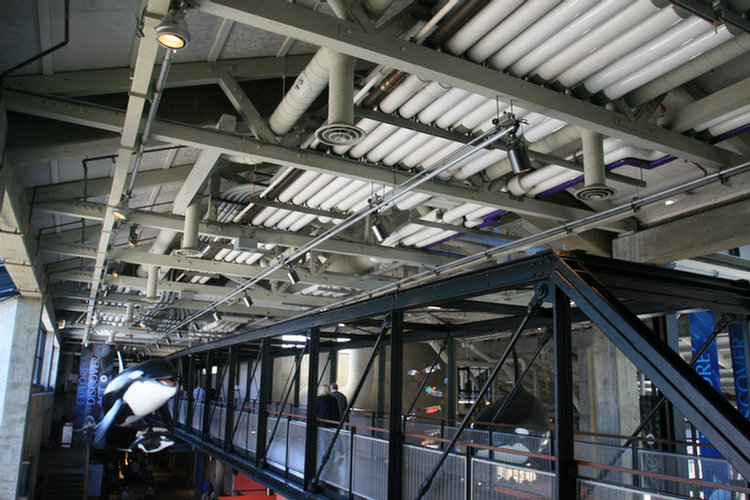
So we are walking along and someone says "Hi Neighbor!!"
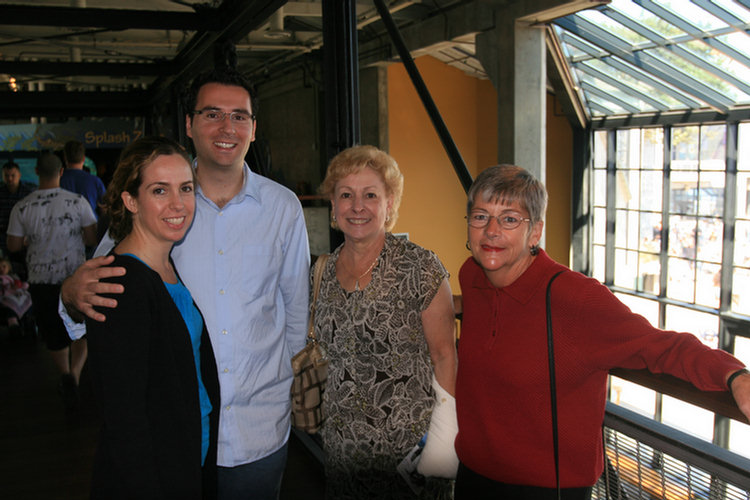
Joann Bibee and family are up to Monterey for a wedding and we bump into them!
Time For Sardines and Jellies!

These little devils swim in great schools of 1000's of fish!
Sardines, or pilchards, are a group of
several types of small, oily fish related to herrings, family Clupeidae.
Sardines were named after the island of Sardinia, where they were once
in abundance.
Canned "sardines" in supermarkets may actually be sprats (such as the
"brisling sardine") or round herrings. The actual sizes of the fish
canned vary by species. Good quality sardines should have the head and
gills removed before packing. They may also be eviscerated before
packing (typically the larger varieties), or not; if not eviscerated
they should be free of undigested or partially digested food or feces
(accomplished by holding the live fish in a tank for long enough that
their digestive systems empty themselves). They may be packed in oil or
some sort of sauce.

Jellyfish are beautiful but watch out for the sting!
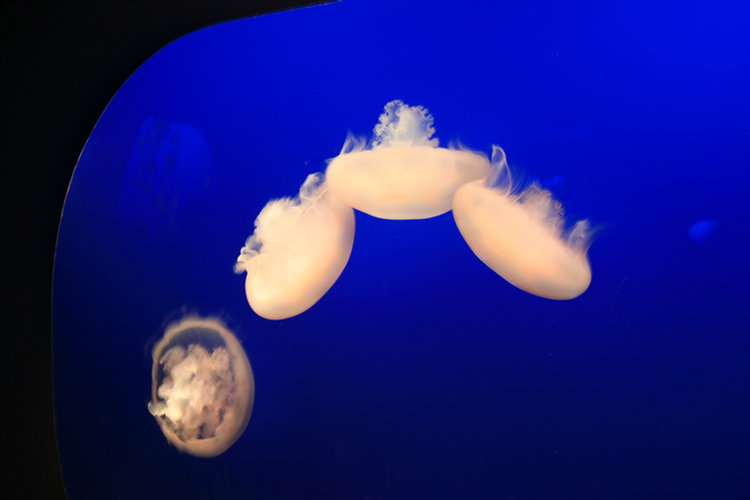
They float like large clouds in the sky
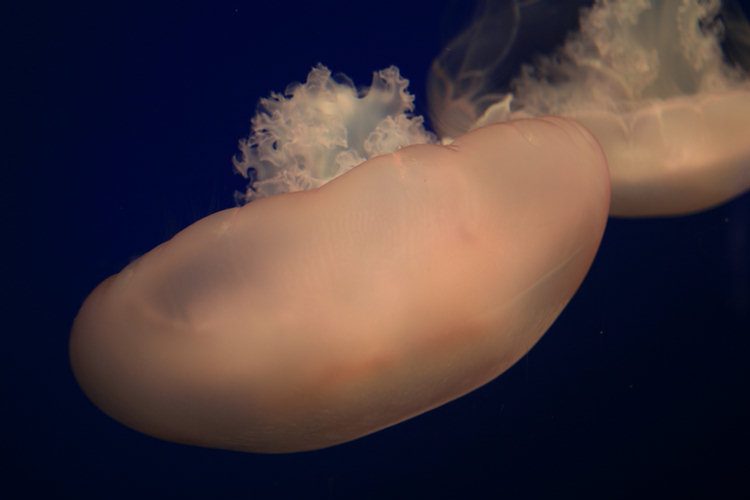

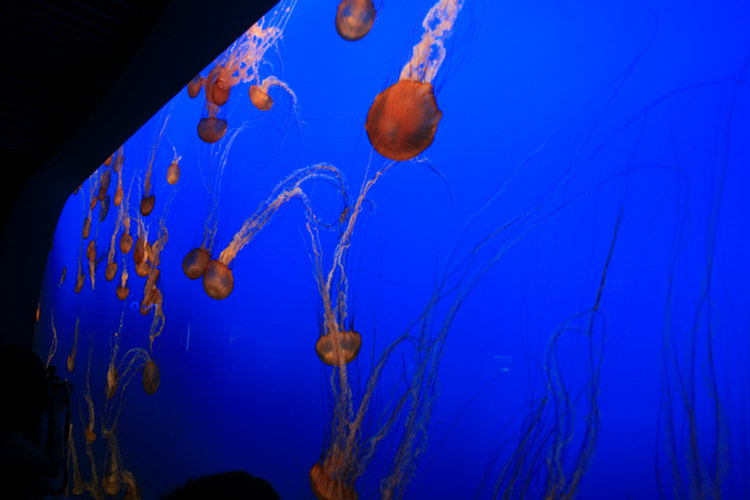
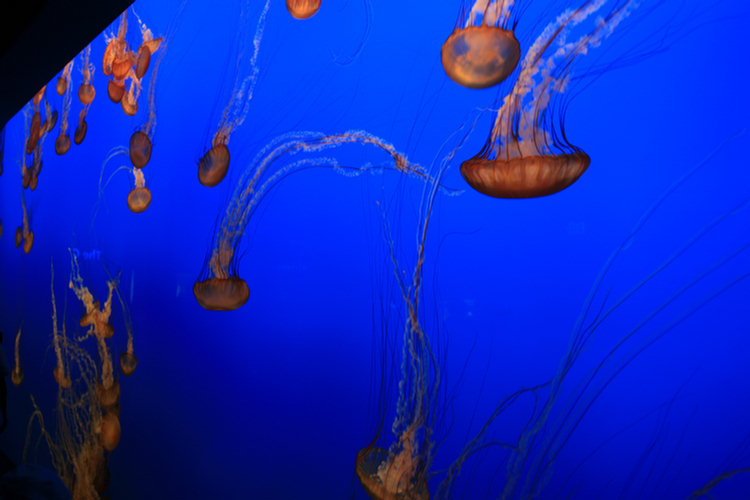


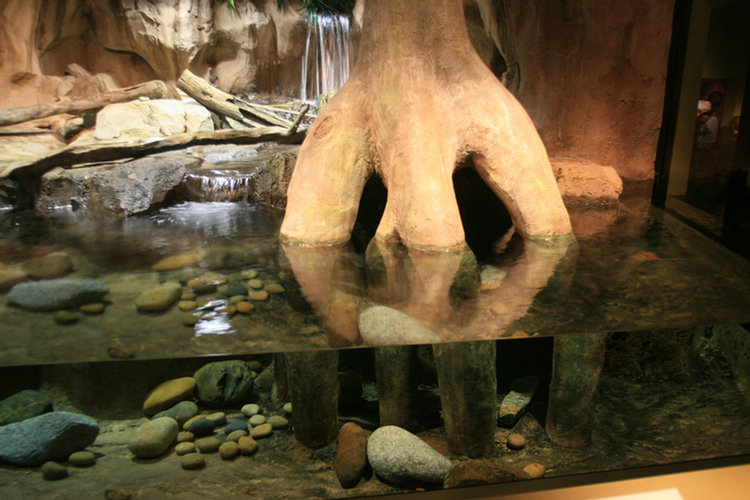

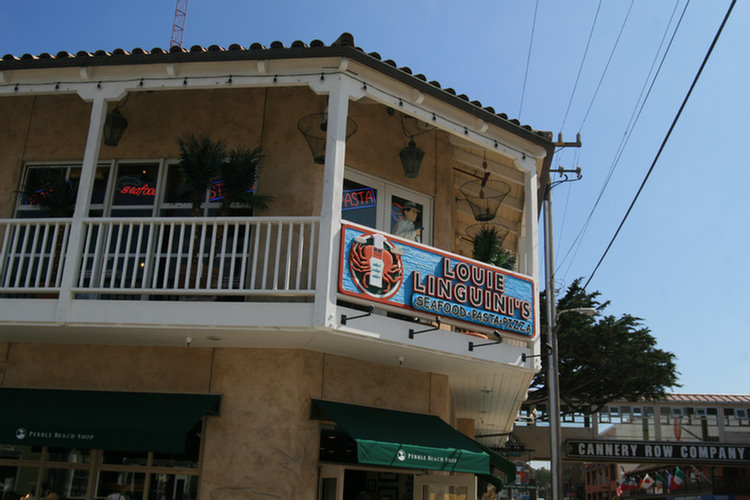





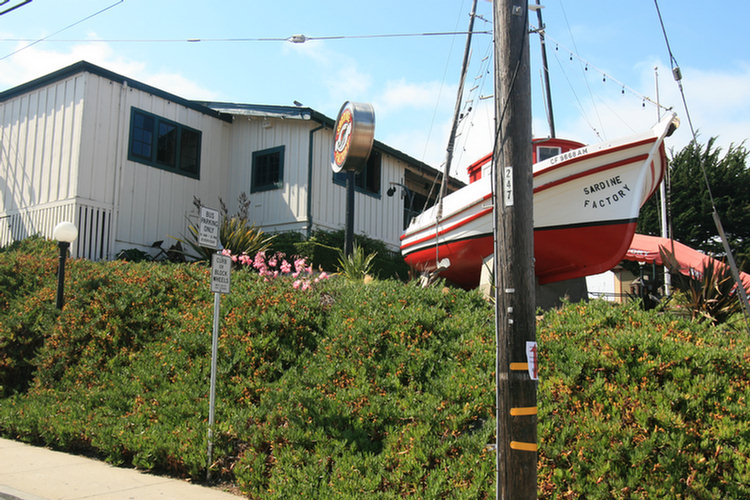



Back To The Lodge For Some Rest Before The Party!
